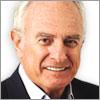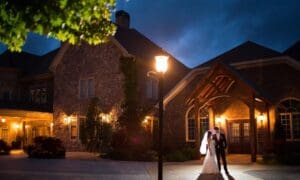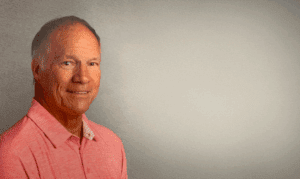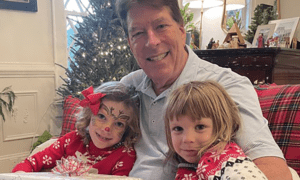VERO BEACH, Fla. – Dodgertown is still here, but there are no Dodgers. No fresh-faced rookies who would give their birthright to make the team, no graying veterans trying to stretch one more season out of aging legs.
While that is hard to imagine, what depresses us all is that there remains a street sign that says Vin Scullly Way, a thoroughfare named for the incomparable Dodger announcer and streets named for Tommy Lasorda and Sandy Koufax who are still with us.
Those Dodger icons no longer come to Vero. There are streets named for other Dodger greats of yesteryear, like Jackie Robinson, Pee Wee Reese, and more recently Duke Snider, who have gone to that great Dodger clubhouse in the sky. The tradition of naming streets for your exalted players helped make Vero Beach the class of the Grapefruit League. All of that is gone with the wind.
The Roy Campanella Conference Center looks the same, the multiple diamonds are manicured for amateur baseball teams that compete here along with the Ontario Blue Jays (Dodgertown is now Ontario’s official spring training home), but the gates to the driveway which lead down to Holman Stadium are locked. There is a sign that reminds you the Dodgers were World Champions in 1955, 1959, 1963, 1965, 1981 and 1988.
What would you do if you were the Dodger decision maker? Peter O’Malley, Walter’s son, said he would not have left Vero if he still owned the Dodgers. It is easy to understand that the Dodger fans in the Los Angeles area can drive much easier to Glendale, Ariz., where the Dodgers train today, but if you are a resident of Vero Beach, you feel like a jilted lover. This community did everything to give the Dodgers what they needed: Tax breaks, facility improvements and other considerations which enhanced the bottom line. Enhancing the bottom line is of paramount concern in baseball today. Loyalty is nice but it is usually trumped by dollars.
The rapport with the Dodgers and the community here was so warm and fuzzy, it was almost heavenly. Nobody ever thought that a breakup would come about. Florida, beset by a plethora of hurricanes in recent years, became less aggressive than Arizona in recruiting teams to a change of address. While it was predominately a Grapefruit League for years, it is now half and half. Fifteen of the Big League teams play in the Cactus League, same as Florida.
Holman Stadium, where the Dodgers played their games for years, is the centerpiece of a ghost town. You can still hear the crack of the bat at the modern baseball complex up the street, but not like in the past when there were so many Dodgers taking batting practice that the sounds coming from the indoor batting facility were more like a cacophonous symphony.
The ticket office, which once did an active business for future sales, is closed. The door to the gift shop where you once could buy Sandy Koufax’s jersey, No. 32, is locked. You could also buy a Dodger blue baseball cap with a “B” for Brooklyn. Fans, who agonized over losing their team to Los Angeles, still took winter vacations to South Florida to see the Dodgers train.
The concession stands, once a beehive of activity, are silent. The volunteers, who worked concessions for charity, spend their time elsewhere. The open air dugouts, once roofless with the greatest of fan appeal — you could sit on the first row and carry on a conversation with the players — are now fenced in with a nondescript and unbecoming roof. Like a mustache on the Mona Lisa.
Business drives everything and bottom lines must be honored, but I don’t have to like it. I had a haunting feeling as I walked Dodgertown, in uncommon quiet, lifeless and barren. Do the hurricane gods send their wrath this way because the Dodgers gave Vero the back of their hand?
[For 36 years the sideline radio reporter for the Georgia Bulldogs, Loran Smith now covers a bigger sideline of sports personalities and everyday life in his weekly newspaper columns.]












Leave a Comment
You must be logged in to post a comment.